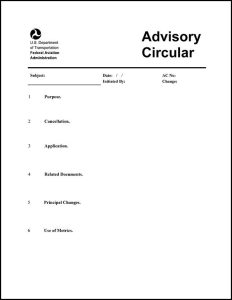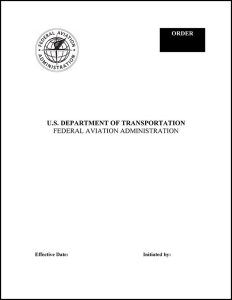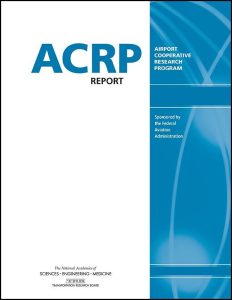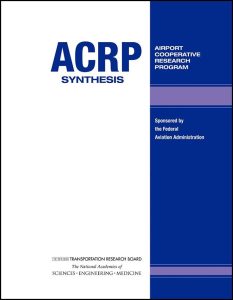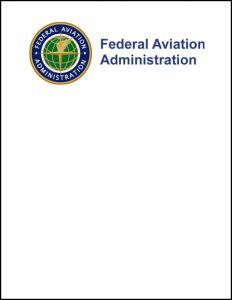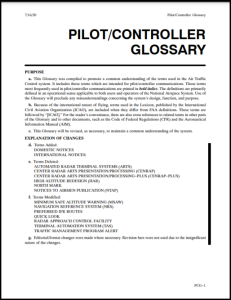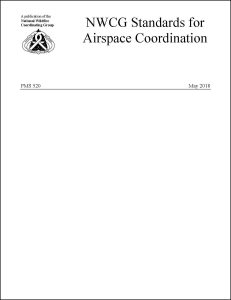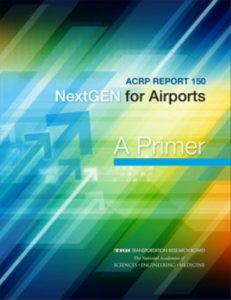To narrow the library of airside resources, use the filter boxes or airport map below or search box above.
Click an item below to expand.
Resources Matching Your Search
2013
This advisory circular (AC) recommends publications and administrative and operational procedures that will assist in the management of a non-federal ATCT (NFCT).
2019
This order prescribes air traffic control procedures and phraseology for use by persons providing air traffic control services. Controllers are required to be familiar with the provisions of this order that pertain to their operational responsibilities and to exercise their best judgment if they encounter situations that are not covered by it. Section 7 addresses parachute operations.
2018
This order establishes requirements for determining the site location, tower height, and cab orientation of a proposed new, replacement of the existing, and modernization of airport traffic control towers (ATCTs) where the overall structure height is changed. The order also establishes a siting process utilizing the standard Airport Facilities Terminal Integration Laboratory (AFTIL) method or the alternate siting process for qualified candidates. The order further defines a method for the reporting and approval of siting activities.
2018
This order prescribes standardized methods for designing and evaluating instrument flight procedures (IFPs) for all phases of flight in the United States and its territories. It is to be used by all personnel responsible for the preparation, approval, and promulgation of IFPs. These criteria are predicated on normal aircraft operations and performance.
2016
This advisory circular (AC) provides guidance on using the NOTAM system for reporting airport facilities changes or outages and for using the Runway Condition Assessment Matrix for airport condition reporting. This AC prescribes procedures used to describe, format, and disseminate information on unanticipated or temporary changes to components of, or hazards in, the National Airspace System (NAS). The NOTAM system is not intended to be used to advertise data already published or charted.
2008
This advisory circular (AC) provides guidance for planning and implementing the airport aircraft rescue and firefighting (ARFF) communications systems. The prompt and efficient response of a modern ARFF service depends on the reliability of its communications and alarm systems. The material contained in this AC applies to the operation of civil airports where aeronautical activity is conducted. Certificated airport operators may use these recommendations and guidelines to satisfy some of the requirements of 14 Code of Federal Regulations (CFR), Part 139, Certification of Airports.
2019
This advisory circular (AC) calls attention to regulatory requirements, recommended operations, and communications procedures for operating at an airport without a control tower or an airport with a control tower that operates only part time. It recommends traffic patterns, communications phraseology, and operational procedures for use by aircraft, lighter-than-air aircraft, gliders, parachutes, rotorcraft, and ultralight vehicles. This AC stresses safety as the primary objective in these operations. This AC is related to the right-of-way rules under Title 14 of the Code of Federal Regulations (14 CFR) Part 1, § 1.1 (traffic pattern), and Part 91, §§ 91.113 and 91.126.
2019
This handbook provides guidance and sets forth policy and procedures used in the administration of the Airport Improvement Program. This handbook is organized into the following chapters: 1) What Do I Need To Know About This Order?, 2) Who Can Get a Grant?, 3) What Project Can Be Funded?, 4) What AIP Funding Is Available?, 5) How Does the Grant Process Work?, and 6) What Special AIP Programs Are Available? It also contains the following appendices: A) Definitions of Terms Used in the Handbook, B) References and Web Links, C) Prohibited Projects and Unallowable Costs, D) Miscellaneous Projects, E) Planning Projects, F) New Airport Projects, G) Runway Projects, H) Taxiway Projects, I) Apron Projects, J) Airfield Marking, Signage and Lighting Projects, K) Navigational Aid and Weather Reporting Equipment Projects, L) Safety and Security Equipment Projects, M) Other Equipment Projects, N) Terminal Building Projects, O) Other Building Projects, P) Roads and Surface Transportation Projects, Q) Land Projects, R) Noise Compatibility Planning/Projects, S) Environmental Planning/Mitigation Projects, T) Military Airport Program Projects, U) Sponsor Procurement Requirements, V) Revenue Sources for Airport and Airway Trust Fund, W) Competition Plans, Y) Federal Share at Public Land State Airports, and Z) Establishment and Category Upgrade Policy for Instrument Landing Systems.
2013
ACRP Report 86 explores a protocol for evaluating and optimizing aircraft departure procedures in terms of noise exposure, emissions, and fuel burn. An accompanying CD-ROM contains a spreadsheet-based Departure Optimization Investigation Tool (DOIT) that allows users to understand and test tradeoffs among various impact measures, including noise levels, rate of fuel consumption, and emissions.
2008
ACRP Synthesis 12 examines factors affecting safe winter operations and the prevention of runway incursions by airport snow removal equipment operators.
2012
ACRP Synthesis 32 highlights current airport and agency—primarily U.S. Forest Service—practices, policies, and procedures at airports called upon to support aerial wildland firefighting suppression efforts.
2020
This advisory circular (AC) describes the standards and provides guidance in the development of a surface movement guidance and control system (SMGCS) plan for U.S. airports, in which scheduled air carriers are authorized to conduct operations when the visibility is less than 1,200 feet runway visual range (RVR). An SMGCS plan facilitates the safe movement of aircraft and vehicles on the airport by establishing more rigorous control procedures and requiring enhanced visual aids.
2021
This webpage provides information about the FAA Air Traffic Control Tower Program. The FAA Contract Tower (FCT) Program was established in 1982 to allow the agency to contract out the operation of certain towers.
2020
This order provides guidance to all FAA personnel for the administration and accomplishment of the FAA Flight Procedures and Airspace Program. Additionally, this order provides guidance for the military and other government agencies to use when interacting with the FAA regarding instrument flight procedures.
2019
This order provides guidance for all personnel in the approval of facilities for Category (CAT) I runway visual range (RVR) 1800 at runways with reduced lighting, Special Authorization (SA) CAT I, and all CAT II and CAT III.
2020
This glossary was compiled to promote a common understanding of the terms used in the air traffic control system. It includes terms that are intended for pilot/controller communications. Those terms most frequently used in pilot/controller communications are printed in bold italics. The definitions are primarily defined in an operational sense, applicable to users and operators of the National Airspace System. The use of the glossary will preclude any misunderstandings concerning the system's design, function, and purpose.
2018
This document standardizes safe and consistent approaches to issues involving airspace and agency land management responsibilities. This is an educational process that will contribute to a clear understanding of flight and coordination within the complexities of the National Airspace System (NAS). This document also promotes airspace coordination with respect to environmental issues.
2014
ACRP Report 101 helps airports, tenants, and contractors identify best practices for a myriad of airport activities through (1) a best practices database; (2) training tools, aids, and checklists; and (3) a 45-minute video that is a useful resource for introducing new employees, tenants, or contractors to the airport environment. The video, "Staying Safe on the Airfield," follows an airport operations supervisor training a new employee by discussing hazards and the appropriate best practices for eliminating or mitigating risks while working in or near the airport movement area. The database; training tools, aids, and checklists (also referred to as templates); and video are in an electronic format on the associated CRP-CD-150.
2016
ACRP Report 150 is a multivolume series designed to provide airports, airport consultants, and other stakeholders with the information they need to understand and efficiently implement NextGen in a way that achieves an optimal balance of stakeholder needs. The primer is a high-level overview of NextGen designed for airport directors and their senior executive staff. It provides an introduction to the ACRP Report 150: NextGen for Airports series that contain detailed technical information and planning guidelines for understanding, preparing for, and implementing NextGen technologies at airports.
2016
ACRP Report 150 is a multivolume series designed to provide airports, airport consultants, and other stakeholders with the information they need to understand and efficiently implement NextGen in a way that achieves an optimal balance of stakeholder needs. Volume 1 provides comprehensive information concerning performance-based navigation presented in an understandable, usable, and accessible format for airport operators, planners, managers, and other appropriate stakeholders.
